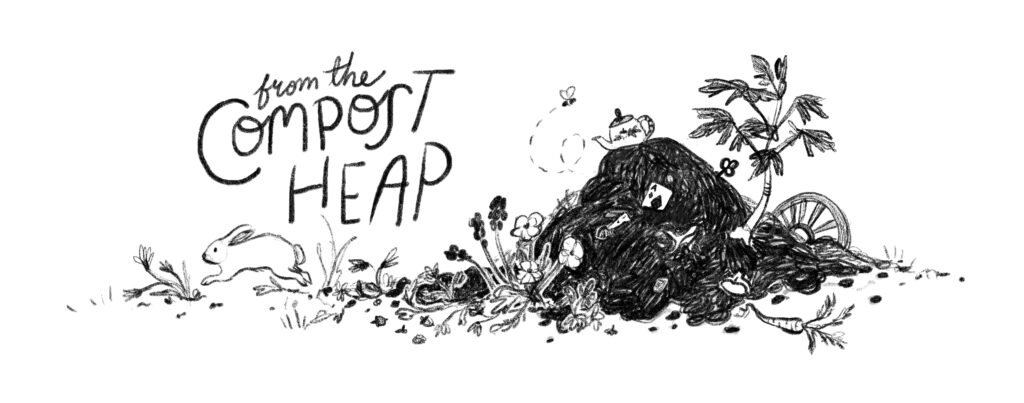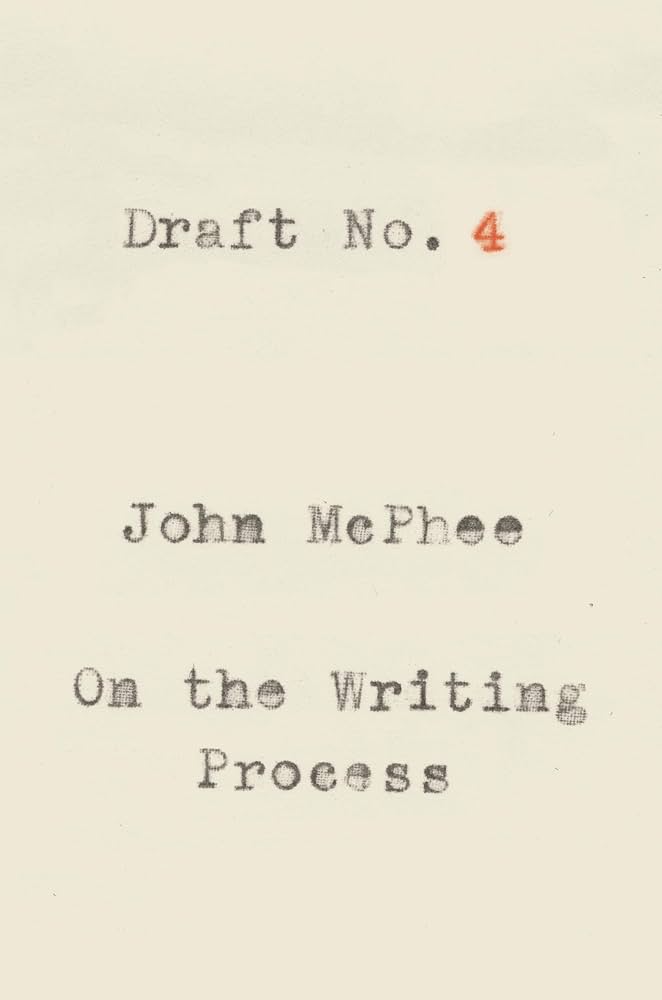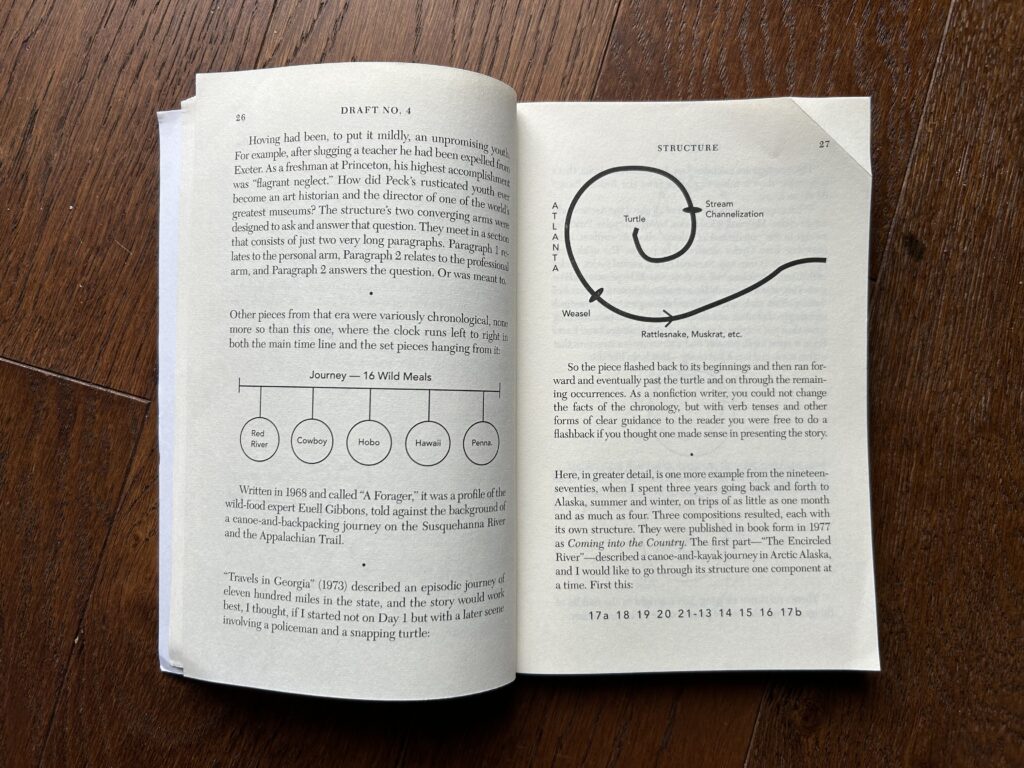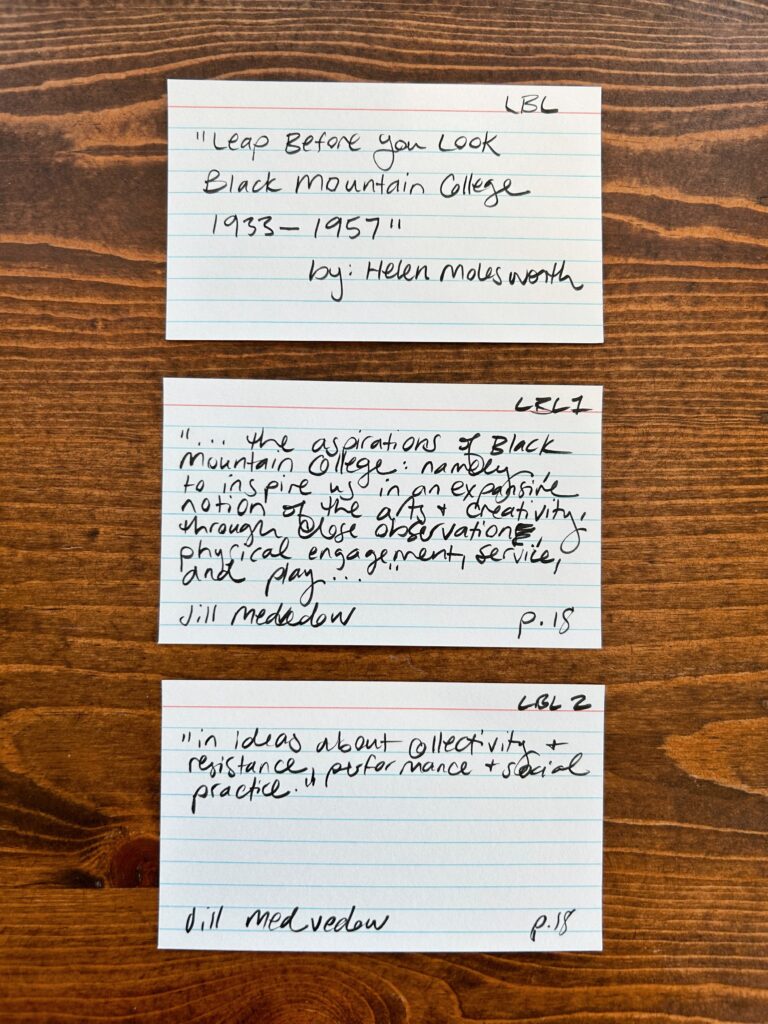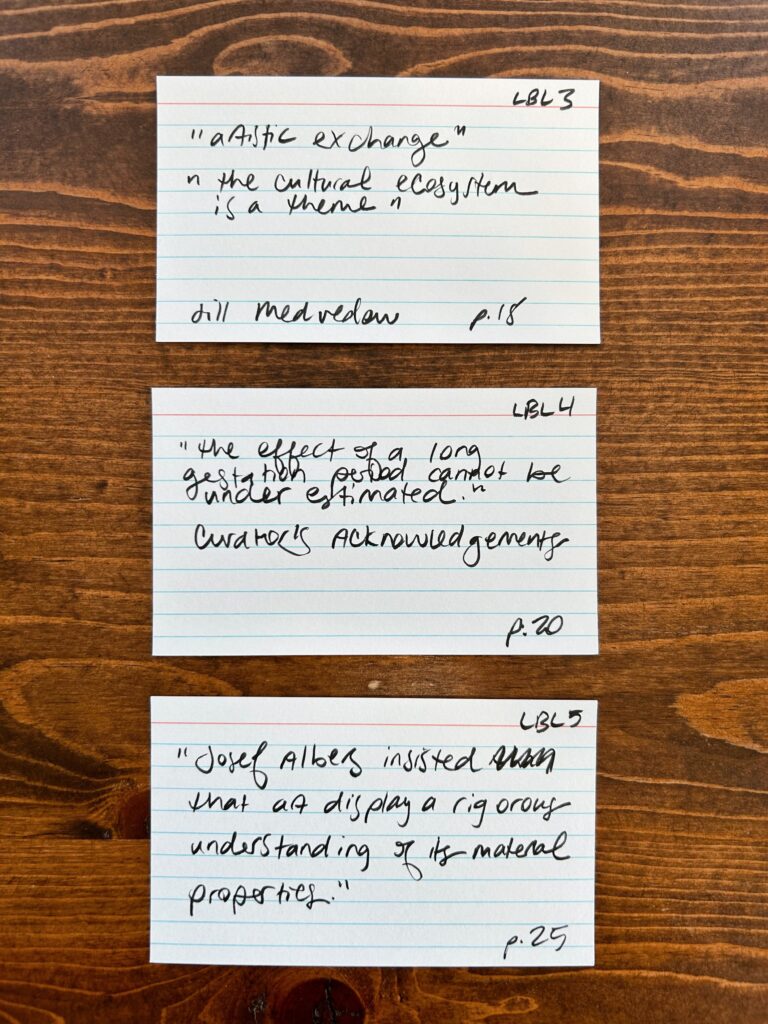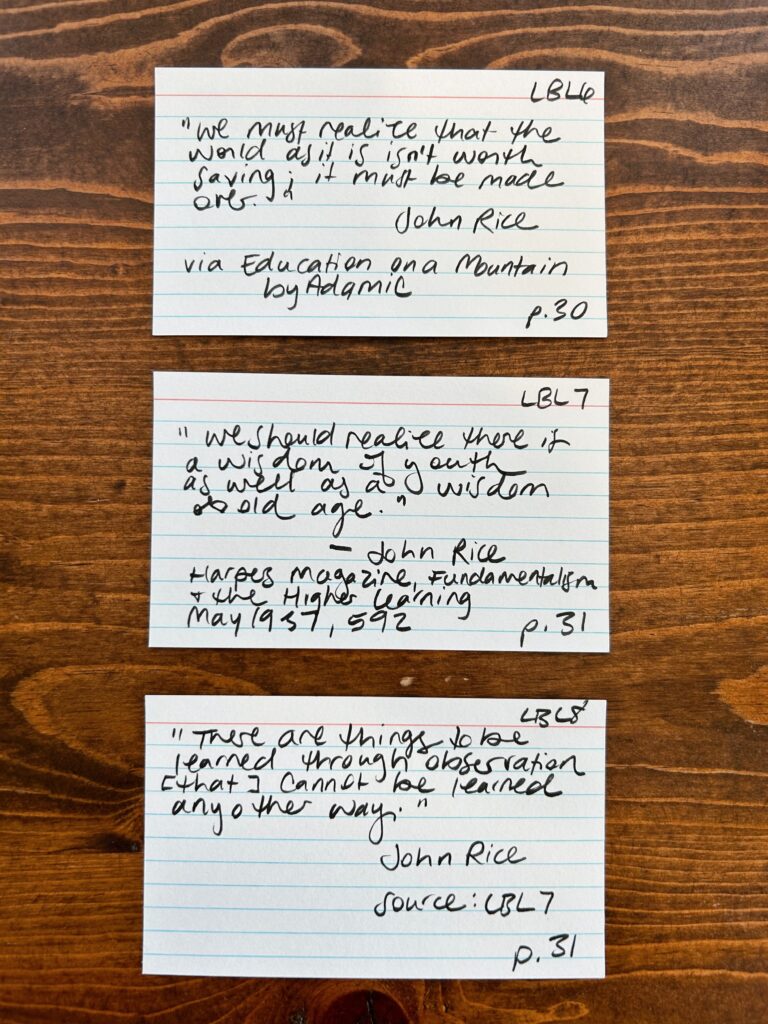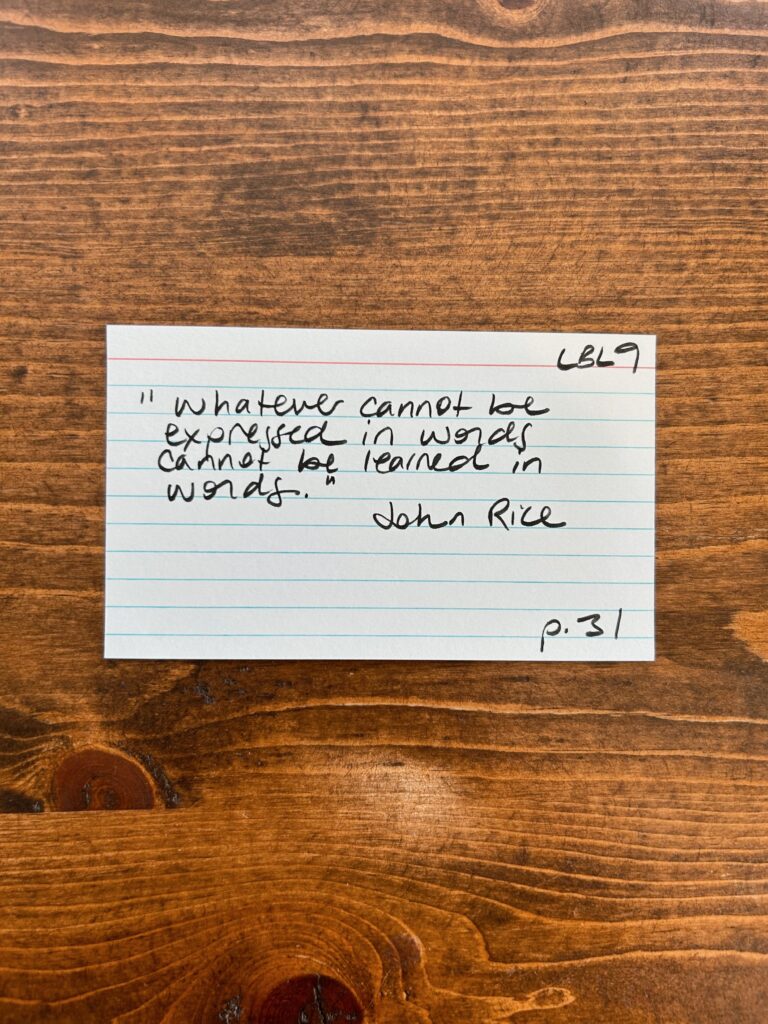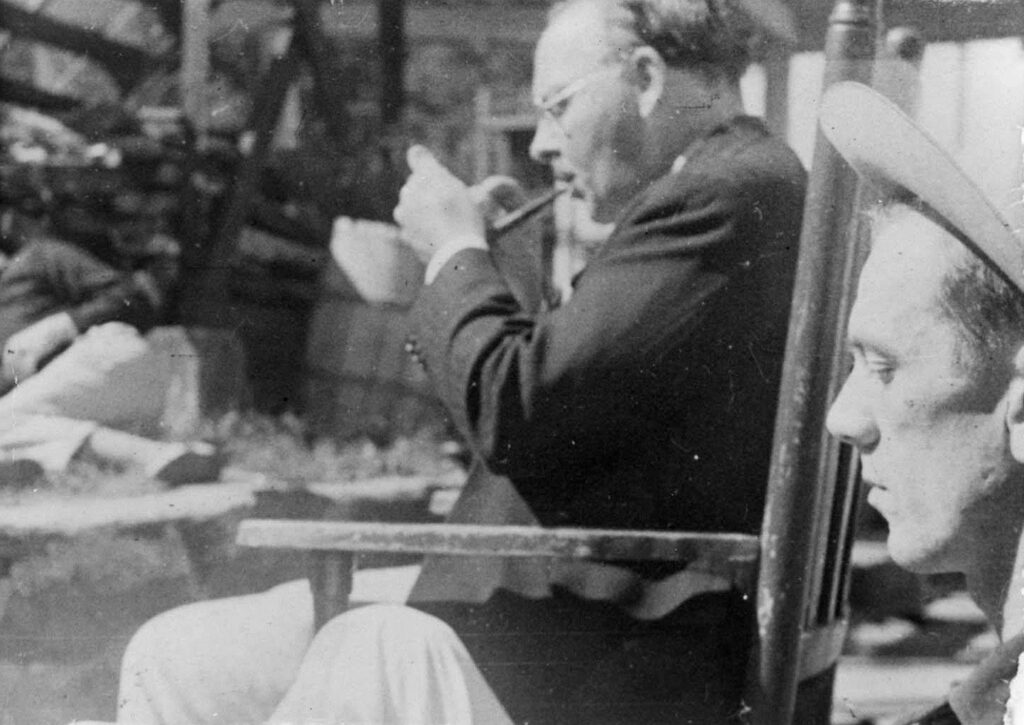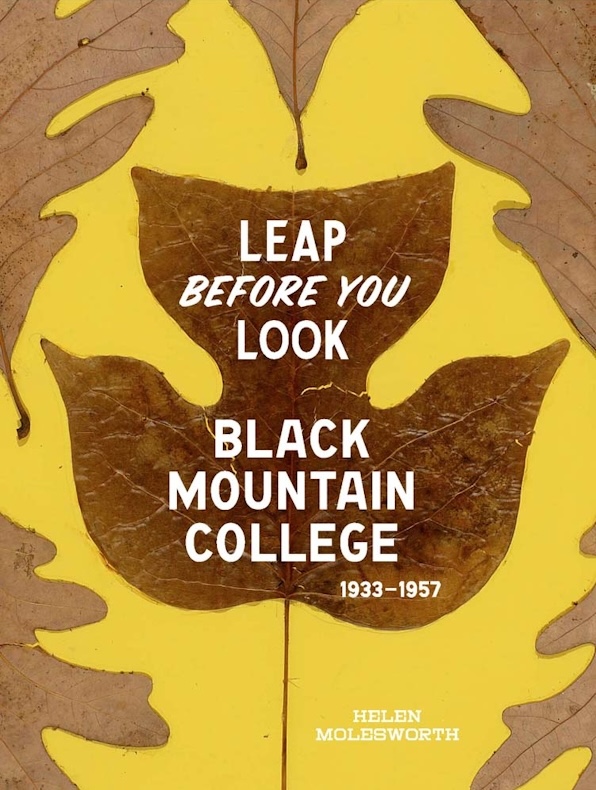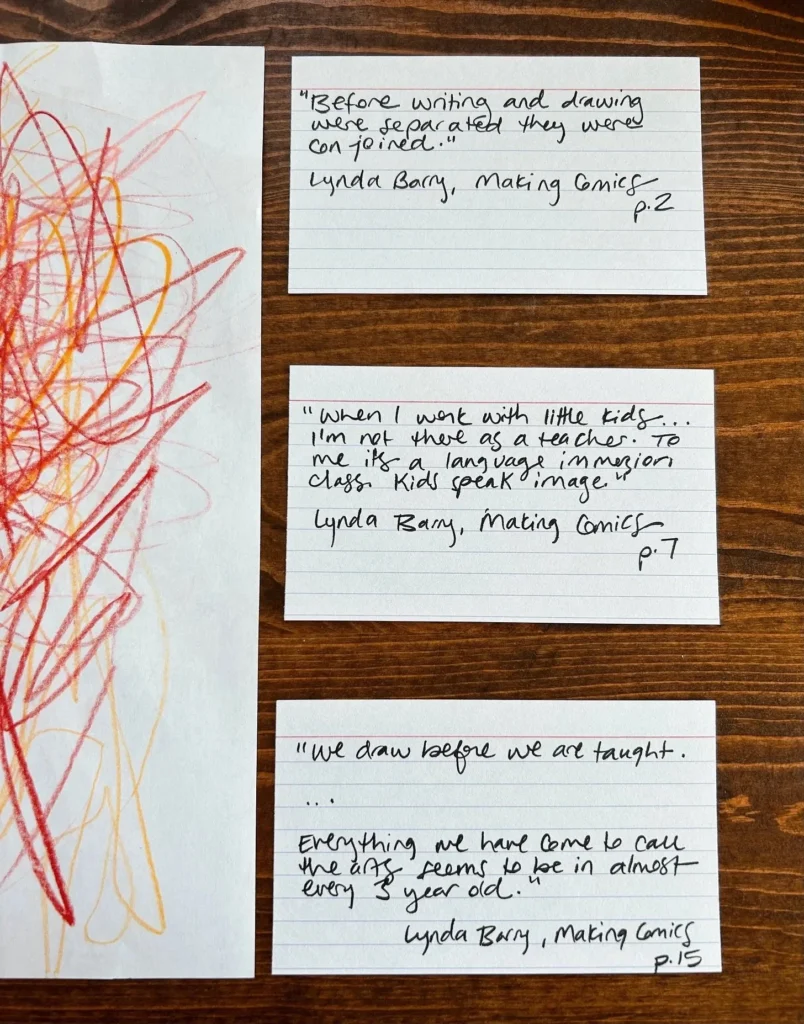by Robert Olen Butler
“Please get out of the habit of saying that you’ve got an idea for a short story. Art does not come from ideas. Art does not come from the mind. Art comes from the place where you dream. Art comes from your unconscious; it comes from the white hot center of you.”
The concept of this book is that storytelling comes from your unconscious and not your logical mind. This tracks with the writing process of Ray Bradbury, Dorothea Brande, even Terry Pratchett. It also maps onto the concepts of “day brain” vs. “night brain” writing explored on the podcast Writing Excuses.
But the farther I read into this book the more rigid and didactic Butler’s approach seemed. He needlessly used plot examples requiring a content warning.
I can’t say I wholeheartedly recommend this book, but I do find this concept of taking space to “dream” a story before you write it both liberating and extremely challenging. After setting an intention for more reverie in 2025 I have instead completely rebuilt my website and migrated my newsletter. 🤷
But my best fiction has come from that place of the unconcious. So this is a technique I want to explore.
If you do read this book, take it with a grain of salt. Artists often sound as if their way is the only way because it is the way that works for them.
For their creative ecosystem.
What you or I need may be completely different.
With those caveats here are some passages I found interesting.
“Voice is the embodiment in language of the contents of your unconscious.”
Most artists spend a lot of time and energy trying to find / discover / hone their artistic voice or style. Whereas this suggests that leaning away from analysis and toward the unconscious may bring you closer to your true voice.
“What you forget goes into the compost of the imagination… in a compost heap, things decompose. Your past is full of stories that have been composed in a certain way; that’s what memories are. But only when they decompose are you able to recompose them into new works of art.”
Love a creative compost metaphor of course. He is paraphrasing British novelist Graham Greene here.
“The organic nature of art is such that within the process everything must be utterly malleable, utterly fluent, so that everything ultimately can be brought together; and if there’s anything in there that will not yield, is not open to change, you cannot create the object.”
This is something I’m finding in my own process. I come in with a concept for a story, but the more closely I hold myself within those bounds the worse the writing is. This past year my writing started to enter this dreamspace for the first time. I found the story was moving like shifting tetonic plates.
“Rewriting is redreaming.”
I think the most radical idea in this book is that even editing (normally considered an analytical process) can come from the unconscious.
And should in Butler’s opinion.
As a literature professor he has all the tools for analysis, but claims not to consciously use them. He rereads his books looking for “twangs” and redreams them until it all “thrums.” Even his rewriting process coming from the unconscious.
“The compost heap of the novelist, the repository that exists apart from literal memory, apart from the conscious mind, is mostly made up of direct, sensual life experience.”
More creative compost. Butler has an obsession with sensory details and decries all explanatory words (for emotions, etc.) and here is where you can fall into the trap of taking on his style for your own. Centering on sensory details can certainly make a text richer, but to use them exclusively feels extreme.
It’s a stylistic choice not “good” or “bad” writing as he frames it.
“[Fiction and technique] must first be forgotten…before they can be authentically engaged in the creation of a work of art.”
He’s basically explaining here that all of that analysis (of stories and literature and writing technique) goes in the compost heap and he doesn’t trust it until it’s filtered through dreamspace.
“Desire is the driving force behind plot.”
I think this comes to the heart of his dreamspace technique. Rather than plotting a work analytically (something I am apparently allergic to) he let’s the objective of a character drive the action. This prevents the awkward situation where a character simply does something because the plot requires it.
It’s a bit chicken and the egg.
I don’t think one way is right or wrong. But when you’re done your character had darn well better have a drive for what they are doing. But doesn’t it sound more fun to let character drive your writing rather than the other way around.
“Writers who aspire to a different kind of fiction— entertainment fiction, let’s call it, genre fiction—have never forgotten this necessity of the character’s yearning.”
He is a straight up literary snob here. 🙄
But it’s worth mentioning because this chapter reminded me of musical theatre structure.
Something strongly present in my personal compost heap.
There’s always an “I want” song in Act I.
“[The artist] doesn’t know what she knows about the world until she creates the object… the writing of a work of art is as much an act of exploration as it is expression, an exploration of images, of moment-to-moment sensual experience.”
I think a lot of writers sit down to “write a book” not to “discover a story.”
For all of my criticisms of this book I do think I’ve added some rich humus (with a pile of horse 💩) to my compost heap.
That said, I hesitate to give Butler too much credit. The reason I bought his book was that I was already curious about a more intuitive approach based on Ray Bradbury’s Zen and the Art of Writing.
I gave up marking quotes because I wanted to quote every other line. And ended up too intimidated to write about it at all. Which now feels silly because I’m writing about this book that is a dim reflection of it.
Bradbury very much wrote from this dreamspace and drawing images and characters from his unconcious. I just need to find the fortitude to do it justice when writing about it.
Maybe next month.
Photo Credit: Patrick McManaman
